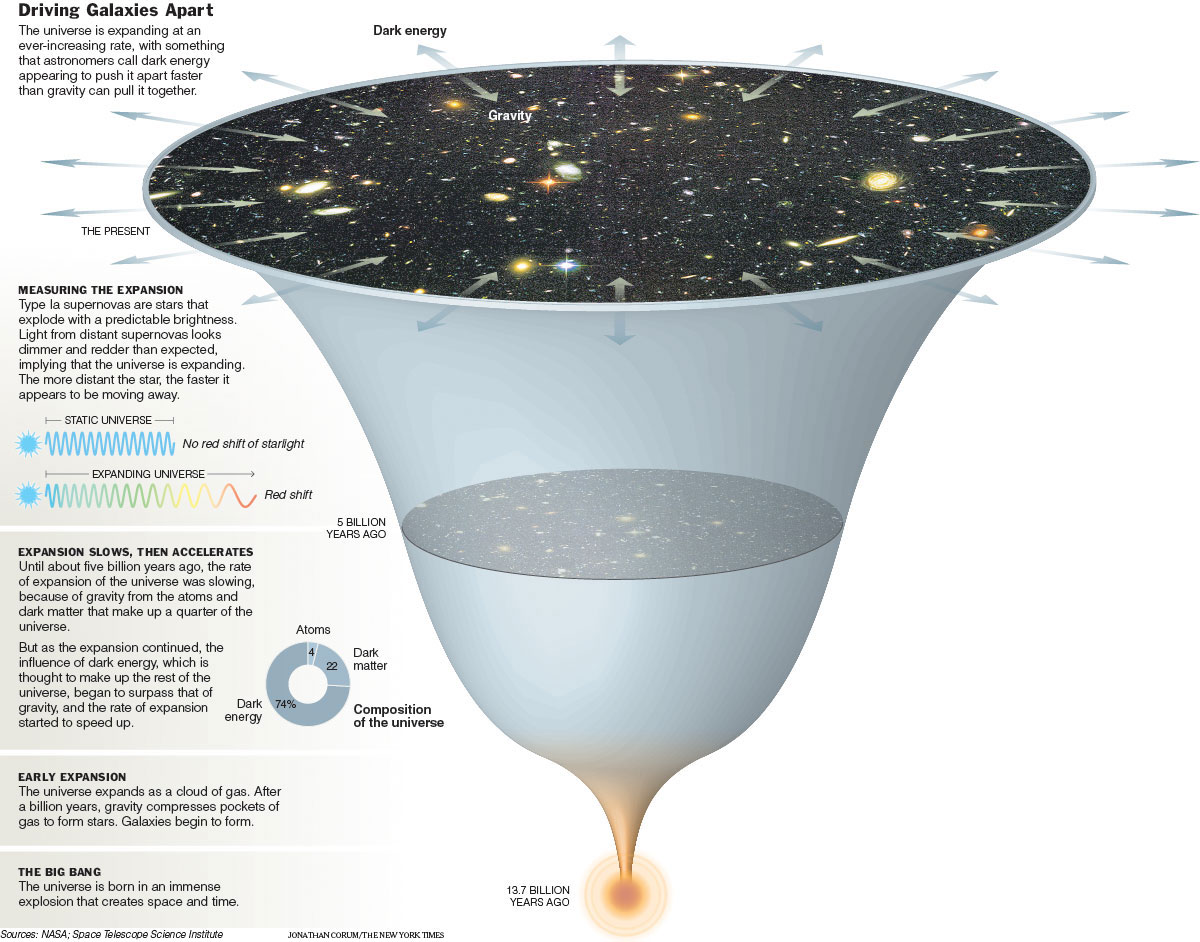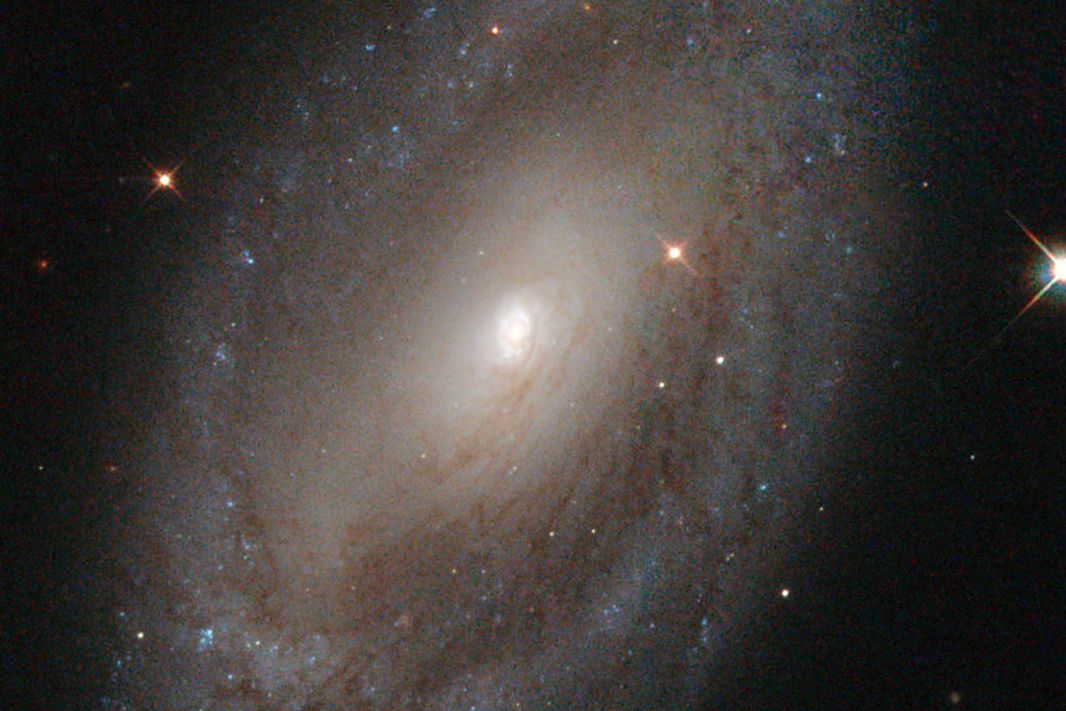
But it can be - and is! - greater than the speed of light at any time in the history of the universe, not just during inflation. If you want to stubbornly insist on treating the cosmological apparent velocity as a real velocity, just so you can then go and confuse people by saying that sometimes that velocity can be greater than the speed of light, I can’t stop you. There is nothing special about the expansion rate during inflation. The rule against superluminal velocities only refers to relative velocities between two objects passing right by each other.ģ. Sometimes this idea is mangled into something like “the rule against superluminal velocities doesn’t refer to the expansion of space.” A good try, certainly well-intentioned, but the problem is deeper than that. In particular, there’s no reason whatsoever that this apparent velocity can’t be greater than the speed of light. When galaxies are not too far away, we can measure their cosmological redshifts, pretend that it’s a Doppler shift, and work backwards to define an “apparent velocity.” Good for you, cosmologists! But that number you’ve defined shouldn’t be confused with the actual relative velocity between two objects passing by each other. Cosmology, where we model the universe as having a preferred reference frame defined by the matter filling space, is one such circumstance.
#DOES THE UNIVERSE EXPAND FASTER THAN LIGHT FULL#
Period, full stop, end of story.Įxcept it’s not quite the end of the story, since under certain special circumstances it’s possible to define quantities that are kind-of sort-of like a velocity between distant objects. So there can’t be any rule that says that velocity can’t be greater than the speed of light. If you tried to measure such a velocity, you would have to parallel transport the motion of one object to the location of the other one, and your answer would completely depend on the path that you took to do that. There is simply no such thing as the “velocity” between two objects that aren’t located in the same place. In special relativity, where spacetime is a fixed, flat, Minkowskian geometry, we can pick a global reference frame and extend that rule to distant objects. There is a rule, valid both in special relativity and general relativity, that says two objects cannot pass by each other with relative velocities faster than the speed of light. There is no well-defined notion of “the velocity of distant objects” in general relativity. The idea of even talking about “the expansion velocity of the universe” is bizarre and never should have been entertained in the first place.Ģ. But different galaxies, manifestly, have different velocities. Individual galaxies are indeed associated with recession velocities. Not the same units! Comparing the two concepts is crazy.Īdmittedly, you can construct a quantity with units of velocity from the Hubble constant, using Hubble’s law, v = Hd (the apparent velocity of a galaxy is given by the Hubble constant times its distance). Speed, meanwhile, is measured in distance/time.

That’s (distance divided by time) divided by distance, or simply 1/time. You’re not doing good scientific explanation you’ve had too much to drink and should just go home.The expansion of the universe is quantified by the Hubble constant, which is typically quoted in crazy units of kilometers per second per megaparsec. Comparing the expansion rate of the universe to the speed of light is like comparing the height of a building to your weight.


The great thing about the superluminal-expansion misconception is that it’s actually a mangle of several different problems, which sadly don’t cancel out to give you the right answer.ġ.The expansion of the universe doesn’t have a “speed.” Really the discussion should begin and end right there. “Inflation was a period of superluminal expansion” is repeated, for example, in these texts by by Tai-Peng Cheng, by Joel Primack, and by Lawrence Krauss, all of whom should certainly know better. This isn’t, by the way, one of those misconceptions that rattles around the popular-explanation sphere, while experts sit back silently and roll their eyes. I can recommend this nice article by Tamara Davis and Charlie Lineweaver, which tries to address this and several other cosmological misconceptions. (I just noticed it in this otherwise generally excellent post by Fraser Cain.) A Google search for “inflation superluminal expansion” reveals over 100,000 hits, although happily a few of the first ones are brave attempts to squelch the misconception.

Breaking my radio silence here to get a little nitpick off my chest: the claim that during inflation, the universe “expanded faster than the speed of light.” It’s extraordinarily common, if utterly and hopelessly incorrect.


 0 kommentar(er)
0 kommentar(er)
